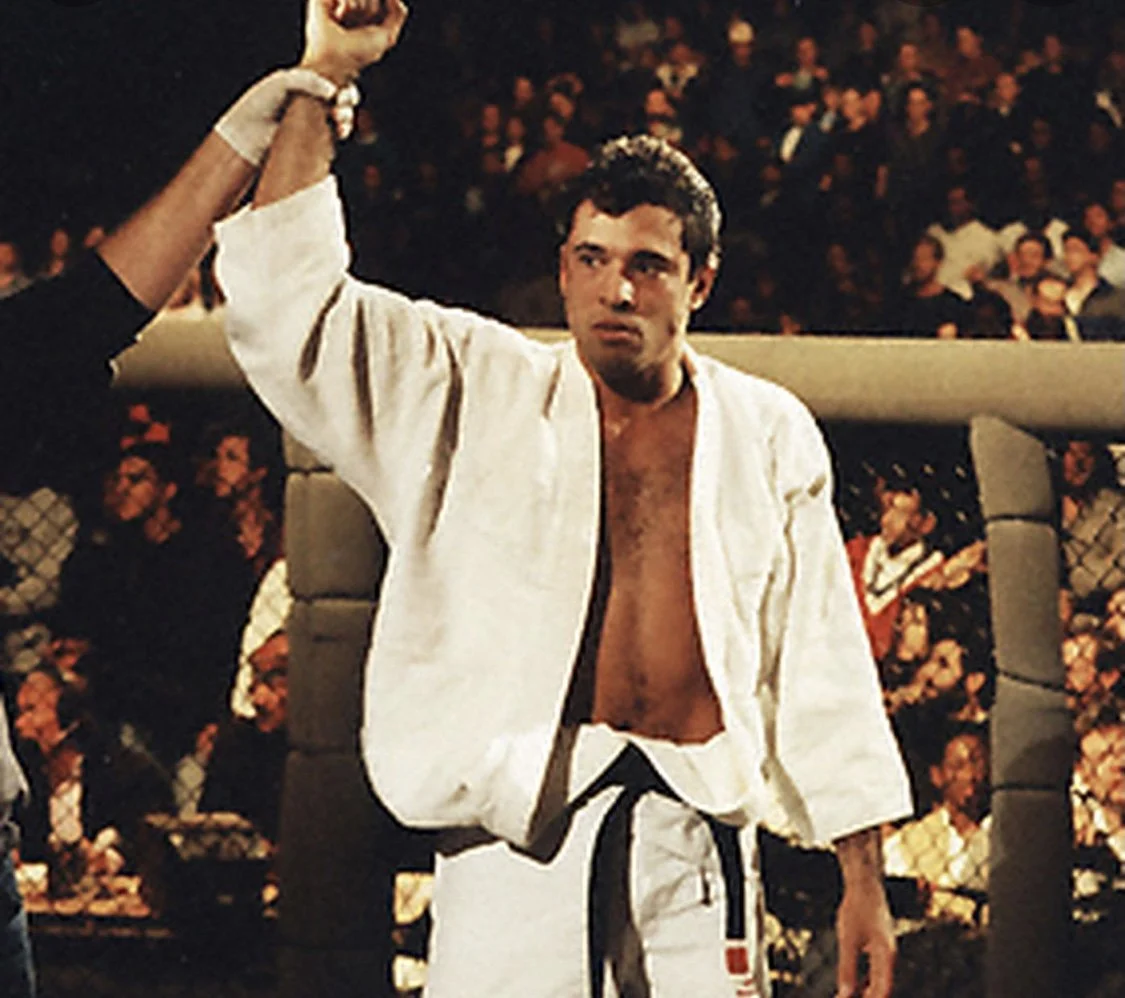To Gi or Not To Gi
What’s the difference between Gi and no-gi Jiu Jitsu? There are many schools that solely or primarily focus on one or the other. They might even argue that to practice the other style is detrimental to your Jiu Jitsu development. Let’s talk about what a gi is, the functional differences between gi and no-gi Jiu Jitsu, why it is beneficial to do both styles, and why some schools will avoid doing both.
The first time I heard about Jiu Jitsu was when Royce Gracie won the first ever UFC event. My friend told me “this guy in a karate uniform is beating up all these sweaty guys in tight shorts!” At the time, I didn’t realize he was talking about Jiu Jitsu, but I would later learn about Royce and the UFC and then come to realize that he was in fact referring to Royce and his gi.
At the time, the gi was mostly a traditional uniform. Brazilian Jiu Jitsu evolved out of Judo, a Japanese martial art, and when Judo was brought to Brazil, and Brazilian Jiu Jitsu, was born, the gi carried over. Over time, a style of Jiu Jitsu was born that depended upon the presence of the gi. The gi was relied on more and more as something that could be held on to in order to control one’s opponent, or even used as a weapon to wrap around your opponents neck and choke them.
Intricate moves were developed that could only work if someone had a gi to hold on to. If one tried to grapple against someone in shorts and a tank top, and strong material was not present to grip, these techniques could not be used.
When the use of gis were outlawed in Mixed Martial Arts fights, a need for techniques that were more suited to use on a gi-less opponent were arose. Some schools that only trained with out a gi on started to gain notoriety. Ways to grip and control your opponent without holding gi material became popularized and no-gi Jiu Jitsu became a martial art unto itself.
Over time, as no gi schools became more popular, there began to be push back from tradition schools who claimed that in order to get good at Jiu Jitsu, you must train in the gi! Because the gi offered your opponents handles and grips to hold you, created more friction, it therefore forced you to be more technical in your defense and escaping techniques. Conversely, some no gi schools insisted that to train in the gi was detrimental to your training, because of the ability to grip your opponent, you could theoretically develop a dependency on these grips. The idea being that when you faced an opponent who did not wear a gi in a real life self defense situation, your techniques would not be as effective, because you could not grip regular clothing in the same way.
At Prism Jiu Jitsu, we advocate training in both disciplines. No gi is often faster paced, will help improve your cardio, and force you to control your opponent through the detail in your technique. While gi is slower, it helps you to think through the positions, and escape dangerous positions with technique, instead of relying on strength or power.
If you’re interested in trying Jiu Jitsu, search for a school near you today! Don’t wait. If your in San Diego County, near Escondido, CA. Schedule a free class with us HERE.
